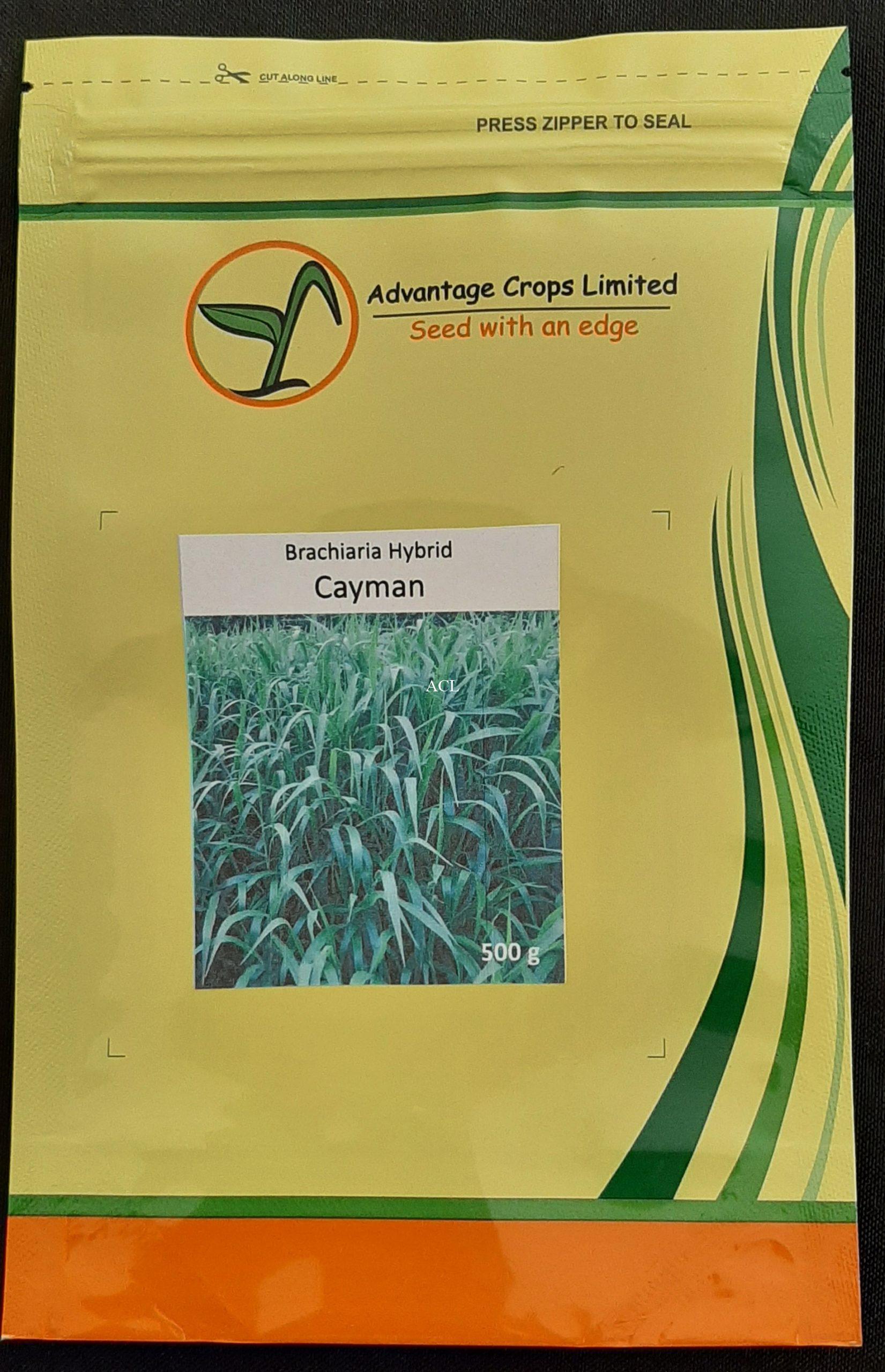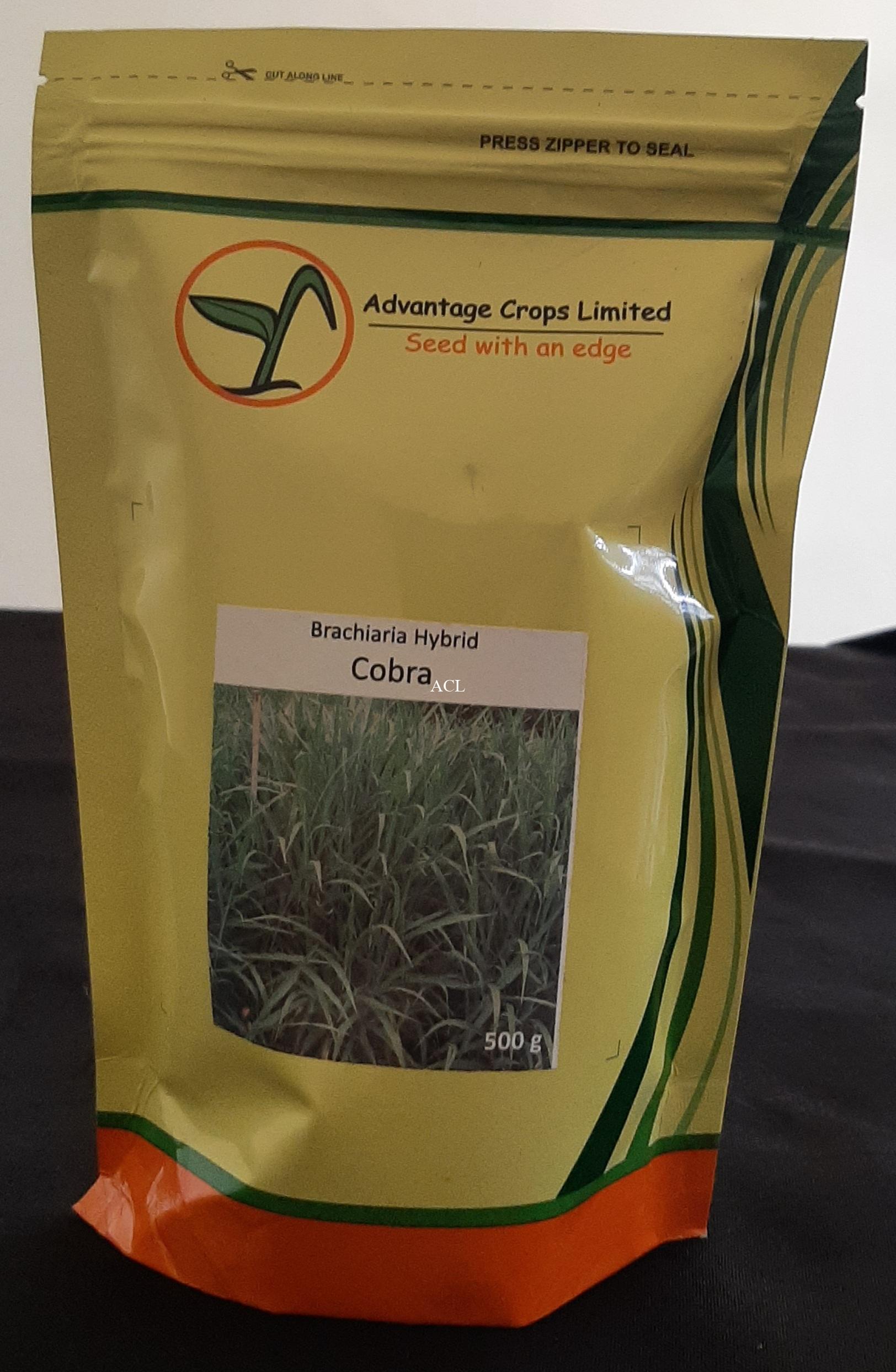Description
| Characteristic/ management | Remarks |
| Growth habit | It produces high quantities of forage biomass. Has high capacity to tiller, some of which under high soil moisture conditions adopt semi-decumbent growth that enable further development of tillers and roots at the nodes which contribute to its ability to tolerate poorly drained soils and short-term flooding |
| Seed requirement and placement | Seed rate: 5-7.5 kg/ha (spaced out planting) and 10-12 kg/ha (broadcast planting or zero tillage). Plant seed at 1-1.5 cm depth and cover lightly with soil |
| Soil fertility requirement | Intermediate to high. Will also do well in low fertility soils |
| Adaptation to acidic soils | High |
| Tolerance to drought and high temperatures in the field | Good |
| Shade tolerance | Also grows well in semi-shade conditions (50-70% sunlight) between plantation crops such as, coconuts, coffee and fruit trees. |
| Maturity period | 10-12 weeks (days to first grazing/cut after germination); 6-8 weeks (days to subsequent cuts). |
| Utilization options | Can be directly grazed on or cut and carried to livestock. Can be preserved in the form of hay or silage. Makes high quality hay and silage |
| Palatability | High |
| Digestibility | High |
| Protein content | Up to 17% |
| Utilization management | 25 cm (minimum height for animals to exit paddock under direct grazing); 5 cm stubble height for cut and carry systems) |
| Utilization frequency | 25-30 days (rotational grazing); 42-56 days (cut and carry) |
| Persistence in the field | Has high persistence. Has high regeneration capacity. Has been shown to maintain over 83% soil cover even four years after establishment |




Reviews
There are no reviews yet.